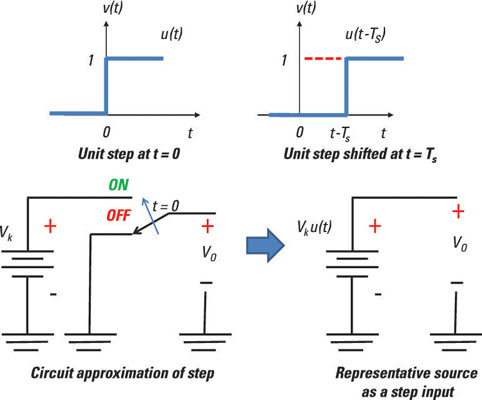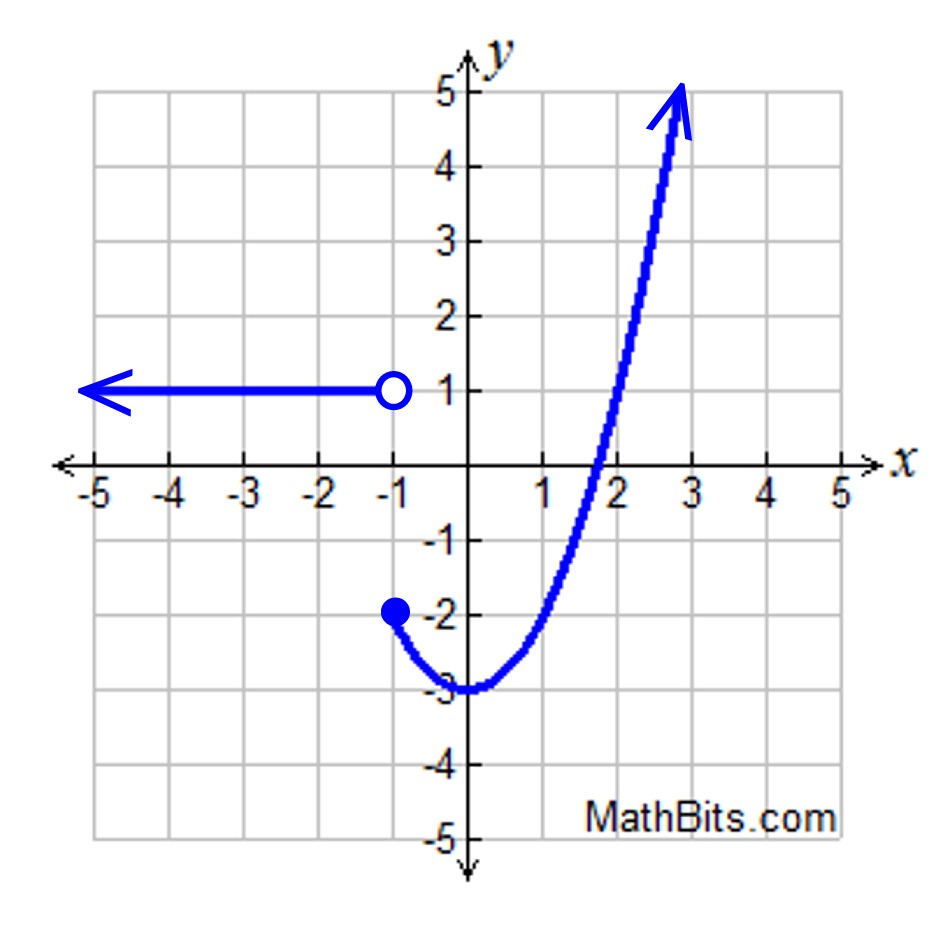

understand various types of patterns and functional relationships.The NCTM Standard 2 for Patterns, Functions, and Algebra expects students to: An example of a mystery operation in this machine is: a * (b 1).
#Math illustrations step function series
After examining a series of input pairs and outputs, the user tries to deduce and apply the mystery operation to predict the output for a pair of machine-generated inputs. This challenging function machine takes user input for two variables to produce an output.

#Math illustrations step function manual
This machine for guessing mystery function rules lets the user control the maximum input number, with options for manual or computer inputs and 1 or 2 function rules. Students can work individually, in pairs, or as a class to solve the function machine puzzles. Students can create function tables for their classmates to solve, with one or two mystery function rules.Ī number of wonderful online function machines develop the same concept.The teacher or the students can create spreadsheet function machines using the formula function.Include fractions, decimals, and/or negative numbers.Find the composite function (involving 2 or more function rules).Options for extending the activity include:

After two or more inputs and outputs, the class usually can understand the mystery function rule. As other students take turns putting numbers into the machine, the student inside the box sends output numbers through the output slot. One student sits inside the function machine with a mystery function rule. We can make that metaphor even more concrete by setting up a large cardboard box with input and output slots. We also can imagine the machine asking, "What's my rule?" If we examine the inputs and outputs, we should be able to figure out the mystery function rule or rules. If we know the rule(s) and an output, we can determine the input. What's going on inside the machine? If we know the machine's function rule (or rules) and the input, we can predict the output. Another input goes in another output comes out. Students easily grasp the idea of a function machine: an input goes in something happens to it inside the machine an output comes out. But functions will really begin to come to life as our students find uses for functions in the real world. When we introduce students to functions, we typically bring the concept to life through the idea of function machines.


 0 kommentar(er)
0 kommentar(er)
